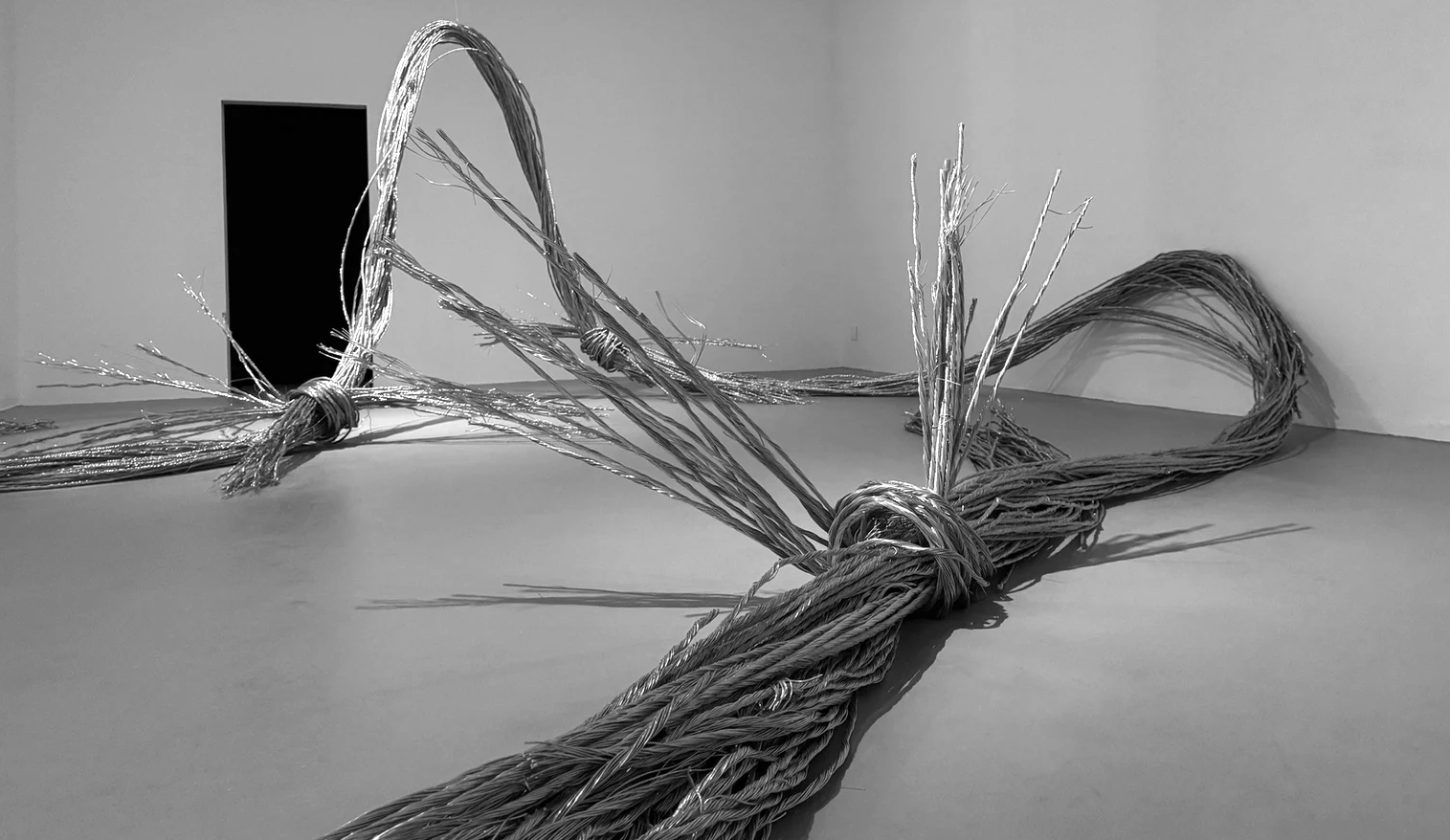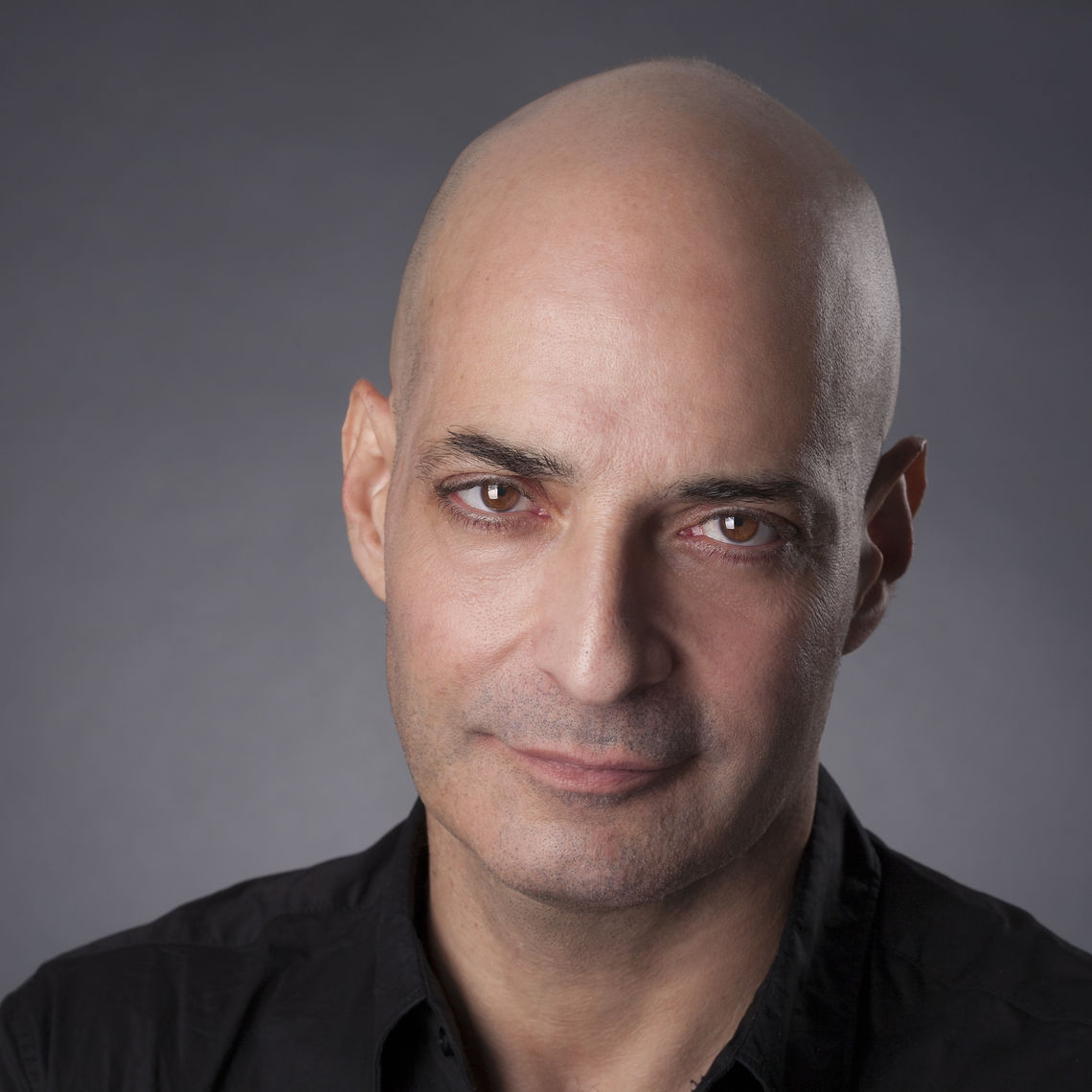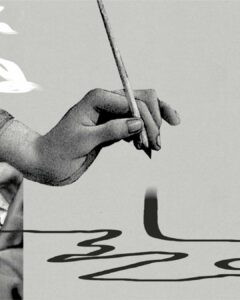From emerging Armenian artists across the globe to Armenian-American talent in the United States, [Art Speak] will spotlight the dynamic and diverse Armenian art world and more.

Listen to the article.
Meri Karapetyan knows a thing or two about borders and conflicts. Born in Russia in 1998 and raised in Yerevan, this emerging artist’s conceptual work problematizes the notion of borders and outdated concepts of friendly and enemy lands. This shouldn’t surprise anyone who follows Armenian history. Apart from the terrible wars that have raged for the past 25 years over Nagorno-Karabakh with neighboring Azerbaijan, Armenia’s borders have been in constant flux for as long as it has existed. The same is true of many nations, which is one of the things that makes Karapetyan’s work universal. While some choose the road of diplomacy and others hope that the pen is indeed mightier than the sword, Karapetyan believes in the power of art to refract the world in a new way.
In 2023 Karapetyan was selected as the inaugural artist-in-residence for Atamian Hovsepian Curatorial Practice (AHCP) and had her first solo exhibition the same year at AHCP’s gallery in New York City. In 2024, Ruben Arevshatyan—the invited curator for the Jeune création internationale at the 17th Lyon Biennale—included Karapetyan in the shortlist of candidates for consideration at this prestigious art event. Tasked with creating site-specific artwork, Karapetyan’s work drew praise from the curators and the French press alike. Curator Tamar Hovsepian explains why she is drawn to her work: “Meri is not just a fine technical artist—she’s a thinker, someone who tries to understand important issues and translate them into thought-provoking works of art. She is a perfect example of why I started the artist residency program in New York City—so that talented Armenian artists like Meri receive exposure and opportunities to exhibit worldwide.”
Karapetyan graduated from the State Academy of Fine Arts of Armenia in Yerevan with a degree in painting. She then moved to Paris to attend graduate school at Sorbonne University (Paris 1) in the Fine Arts Department where she recently completed her master’s thesis titled Crossing Borders, Materializing Transitions. Her selection for the Lyon Biennale came shortly after her entrance into the New York City art world. As luck would have it, the theme at this year’s Biennale—Les voix des fleuves-Crossing the Water—melded perfectly with Karapetyan’s current artistic concerns. As she writes in her Mission Statement, her installation “invites artists to evoke, question, and explore the complex relationships that form and unravel between human beings and their environment.”

The Barbed Wire in Bloom, Installation view. Garden of the Institute of Geography of the Sorbonne, Paris, 2022.
This iteration of the Biennale involved a collaboration with the Institute of Contemporary Art of Villeurbanne, macLYON (Museum of Contemporary Art of Lyon), and the École Supérieure d’Art Annecy Alpes (ESAAA). Karapetyan’s project, Untitled, consisted of a monumental, barbed wire sculpture made of thin aluminum wiring. The resulting large-scale construction invites viewers to step inside it and pass through it. Rather than serving as a barrier or an obstacle, it becomes a passageway. It pushes the viewer to deconstruct the very notion of borders and their function, as well as decide how they influence their view of the surrounding world. “Unlike my previous works, where visitors would encounter a boundary or be forced to overcome an obstacle, here the barbed wire itself becomes a transition. It takes on an arch-like form that welcomes the visitor, allowing them to move through the wire and continue to the adjourning room,” says Karapetyan. Like a magnet, this assertive piece gives off positive and “negative” energies. It looks like it might have come from some gigantic railway construction site perhaps, or even from outer space.
To achieve this fantastical effect, Karapetyan repeatedly twisted and wove a remarkable 40 kilometers of thin wire, until it took on the appearance of one of her favorite topoi–i.e. barbed wire. “But once you enter the piece,” Karapetyan is quick to add, “it no longer feels hostile or dangerous.” Thus, by happily marrying material, shape, and scale this piece achieves what numerous politicians and leaders in other fields often cannot, i.e. to change the way the human soul and mind experience entire categories of things: “Borders, both tangible and imaginary line, have always fascinated and intrigued me. They embody complex concepts of power, identity, and separation,” explains Karapetyan. “After the 2020 Artsakh War, it became clear that this notion turned into the focal point for numerous debates surrounding identity, power, and division, and their implications and meaning.”

Untitled, 2024, aluminium wire. Variable dimensions. Institut d’art contemporain, Villeurbanne.
I am particularly enamored of the way Karapetyan takes objects that are usually associated with keeping out or repulsing the Other and transforms them into such aesthetically pleasing objects. In her 2022 piece Blooming Barbed Wire the artist turned the actual barbs into gorgeous, blooming black paper flowers. She extended her meditation on the object/topic in other pieces such as Nodes, 29.800 km², and the HayHay series. Nazaret Karoyan, Director of Yerevan’s Institute for Contemporary Art, asserts that “Karapetyan has a profound understanding of the tangible world. Whether made of metal, stone, tar or sand, her work possesses the elasticity and plasticity of each material: bending and straightening, twisting and smoothing itself out, contracting and expanding. And the absence of these qualities plays a key role in organizing the formal, figurative, and conceptual planes of her work.” At the rate that Karapetyan’s work continues to expand, she is poised to become one of the world’s most important contemporary artists, barbs and all.
Christopher Atamian


